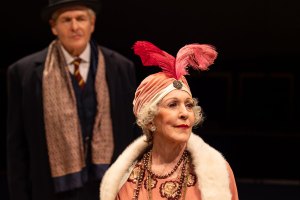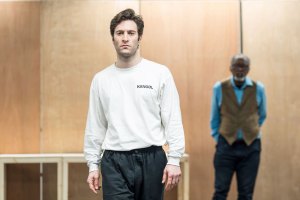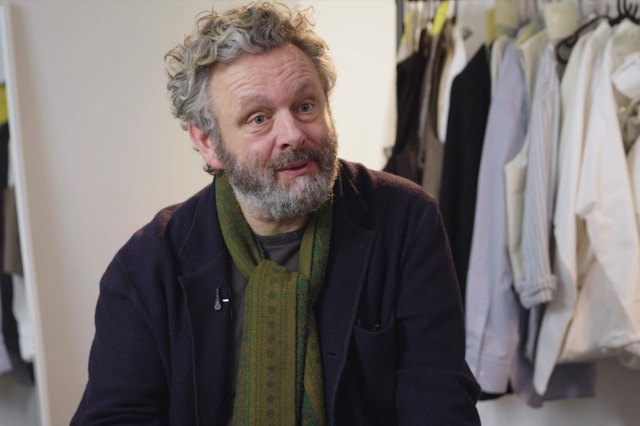Let's Talk About Sets: Rajha Shakiry on The Mountaintop
The designer of the JMK Award winning play explains how Pharaoh’s tombs and shrines inspired her work on Katori Hall’s play
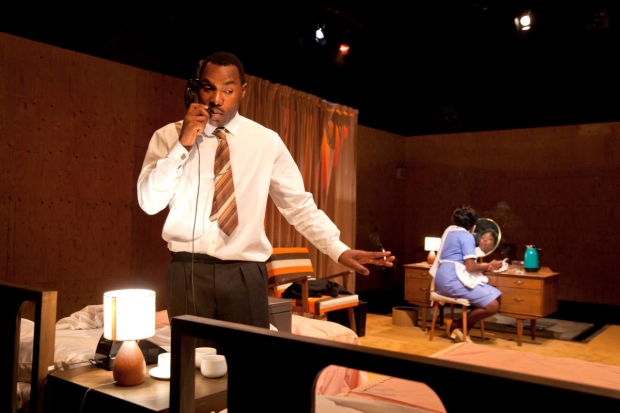
© David Sandison
In March of this year, I was asked by director Roy Alexander Weise to collaborate with him on his application for the JMK Award. At the time, we were both heavily involved in other projects, but I said I would have a read through the script and chat after. I was blown away by my visceral reaction to the play. It felt like a hugely significant piece of work that I wanted to get involved in.
The Mountaintop is set on April 3, 1968, in Room 306, the Lorraine Motel, Memphis. It's a fictional account of Dr. Martin Luther King Jr's last night before his assassination. The play looks at the man, the legend and the realisation of his immortality.
King’s life, his last speech and the moment of his death are all well documented, with much historical imagery available online. My initial reaction and focus was on the balcony where the assassination happened. I found the imagery of the actual assassination deeply disturbing and from there I wanted to emphasise the impending violent end of his life. The first ideas played with the notion of the outside world coming into the room.
The original presented design would have had a few challenges in the Clare Studio space, however with the support and guidance of the JMK panel and David Lan, we pursued a different vision. With all the research imagery etched into my mind, I decided to go back to the script to read through and search the text for clues and references. What kept grabbing me as I re-read the script were the lines '…So this motel room will become my tomb?..', 'Pharaohs will be overthrown…' including several references from King’s last speech 'Children of the Nile will rise… '
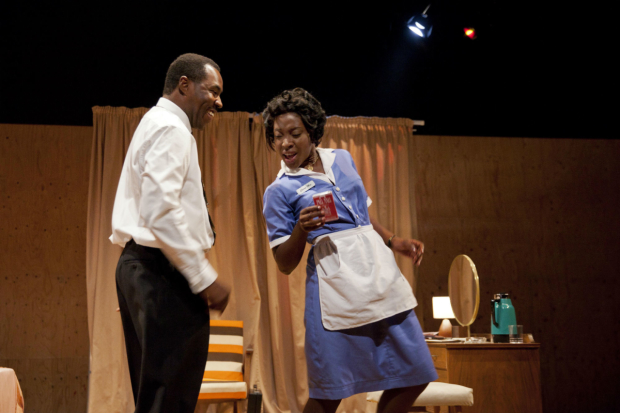
© David Sandison
This led me to explore tombs, shrines, immortality, legends and the legacies left behind. Coincidently or be it synchronicity, at the time I had watched a documentary about the hidden chamber in King Tutankhamun’s tomb. I was immediately excited by the idea of turning Room 306 into a shrine. The Lorraine Motel had also been converted into the Civil Rights Movement Museum, with visitors looking through a glassed wall into the room. It made perfect sense.
I met with Roy soon after and we discussed the new concept I was exploring. We carried on meeting and discussing the shape and journey of the piece. We both wanted to play with the naturalism of the room and the juxtaposing magical moments that unfold. The idea of a floating room came about from Pharaoh’s tomb, the surrounding paintings and also of King’s actual tomb, which floats in the centre of a large pool. By framing the Clare, it supported audience focus and created a screen for the imagery.
The realism of the hotel is something we both wanted to stay loyal to. The shapes and colours of the actual room provided a guide to the aesthetic choices made in the interior. I placed the beds on a horizontal rather than vertical position, as I wanted to break with visual convention. During the tech, the creative team played with the conventional language to support the removal of walls and door. The main challenge of this piece was trying to create an intimate experience for audiences and to also take them outside those four walls. Working with a talented cast, great creative team and amazing technical support, I am very proud of what we have achieved.
By Rajha Shakiry
Read our review of The Mountaintop here
The Mountaintop runs at the Young Vic until 29 October.










